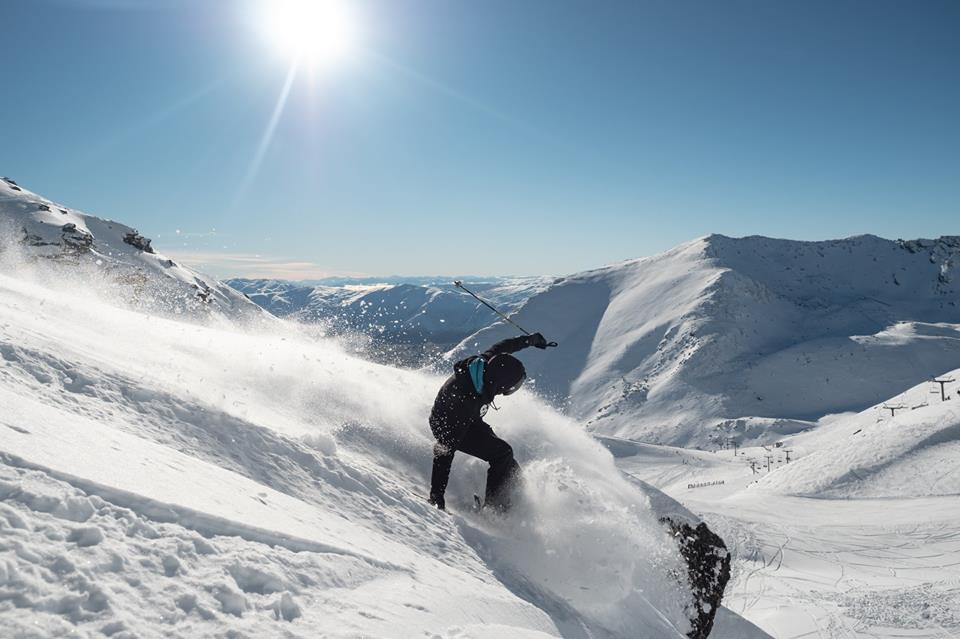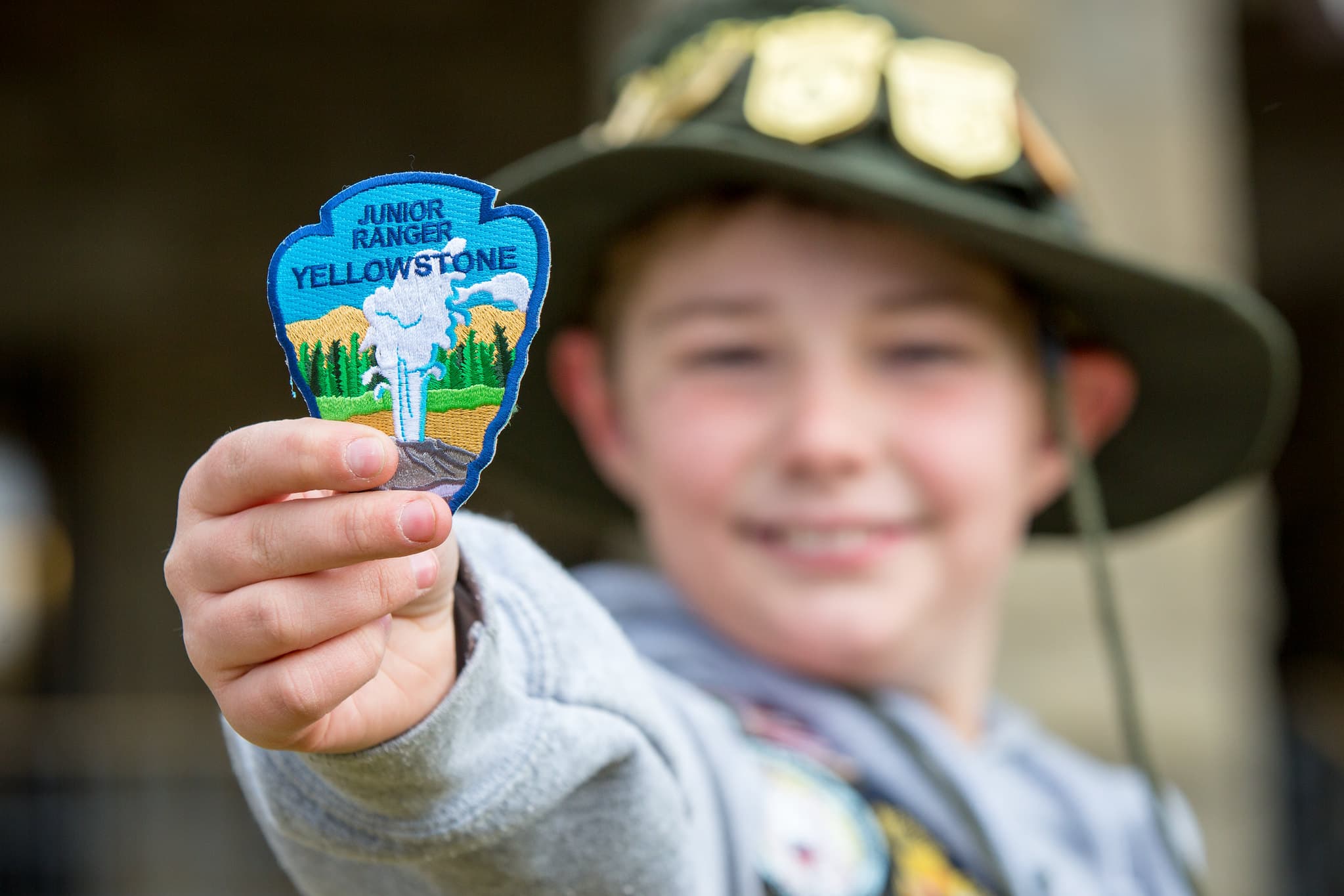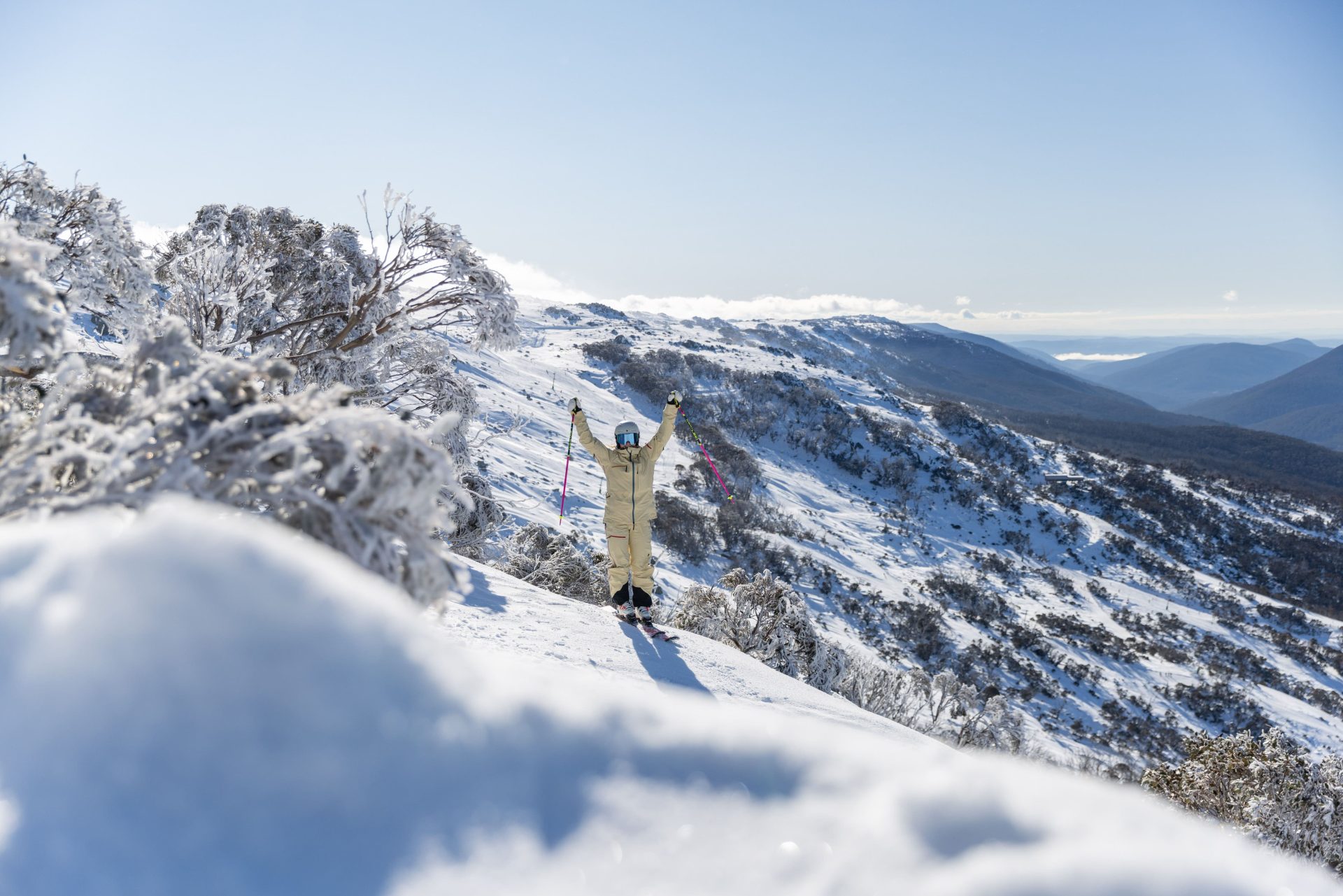
When’s the best time to ski in Australia or New Zealand? With recent snowfall pictures from Down Under flooding social media, it’s a question many skiers are asking. In fact, just today, an Instagram user asked SnowBrains whether the last week of August and first week of September are too late for decent snow in New Zealand. A good starting point is remembering that seasons are flipped, June Down Under is the start of winter, so equivalent to December. So August in Australia or New Zealand is equivalent to February in the Northern Hemisphere, typically peak season in Europe and North America. But there is in fact a more detailed and data-driven answer from a recent study by Snow Season Central.
Snow Season Central analysed 16 years of historical snowfall data across 12 of the most popular resorts in both countries. Their newly released Snow Conditions Index offers week-by-week rankings based on total snowfall and number of snow days, helping skiers plan trips with the highest chance of great conditions. The index assesses both the historical average number of snow days and the total snowfall (in centimeters) for each week of the season to rank the best time to visit each resort, increasing the likelihood of good snow conditions.
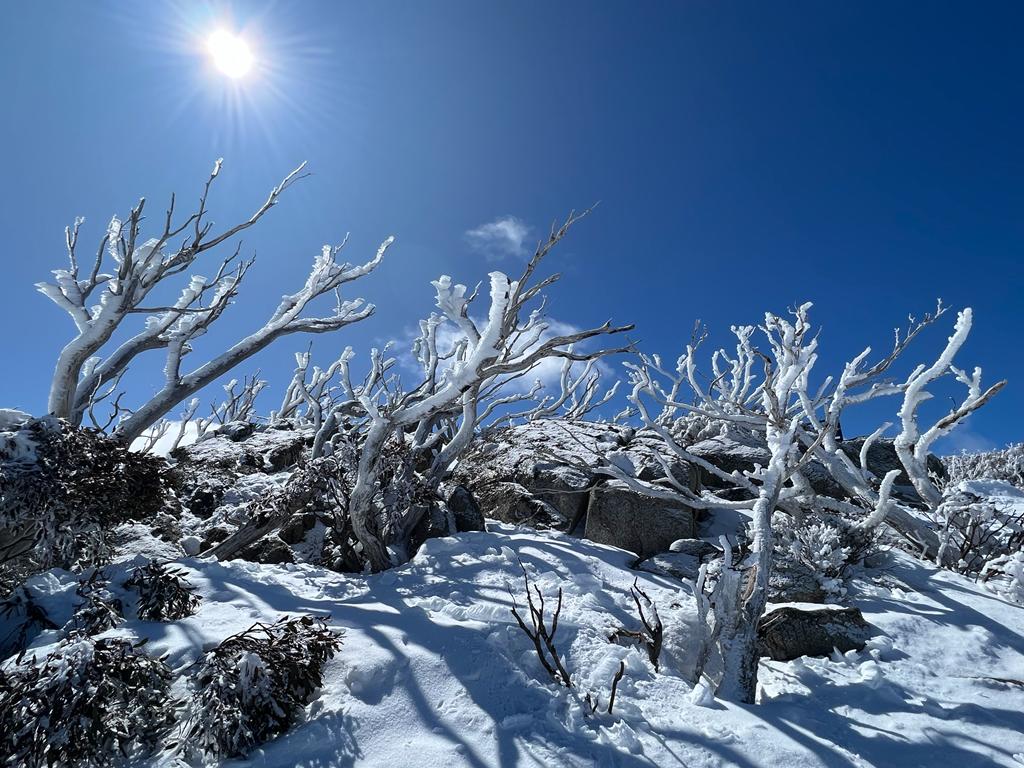
Not surprisingly, August comes away as the best month for the most weekly snowfall. However, which week varies by resort, ranging from the first week to the third week of August. If it is the highest chance of powder you are looking for, then Treble Cone in New Zealand in the first week of August is your best bet, with 4.2 snow days on average during that week with an average 48 centimeters (19 inches) of snowfall during that week. All data was sourced from snow-forecast.com on May 3, 2025, using top-of-mountain stats, based on 16 years of data (2007–2024). A normalised index was created by multiplying the number of snowy days by the average snowfall per week. The resulting scores were then adjusted for presentation purposes.
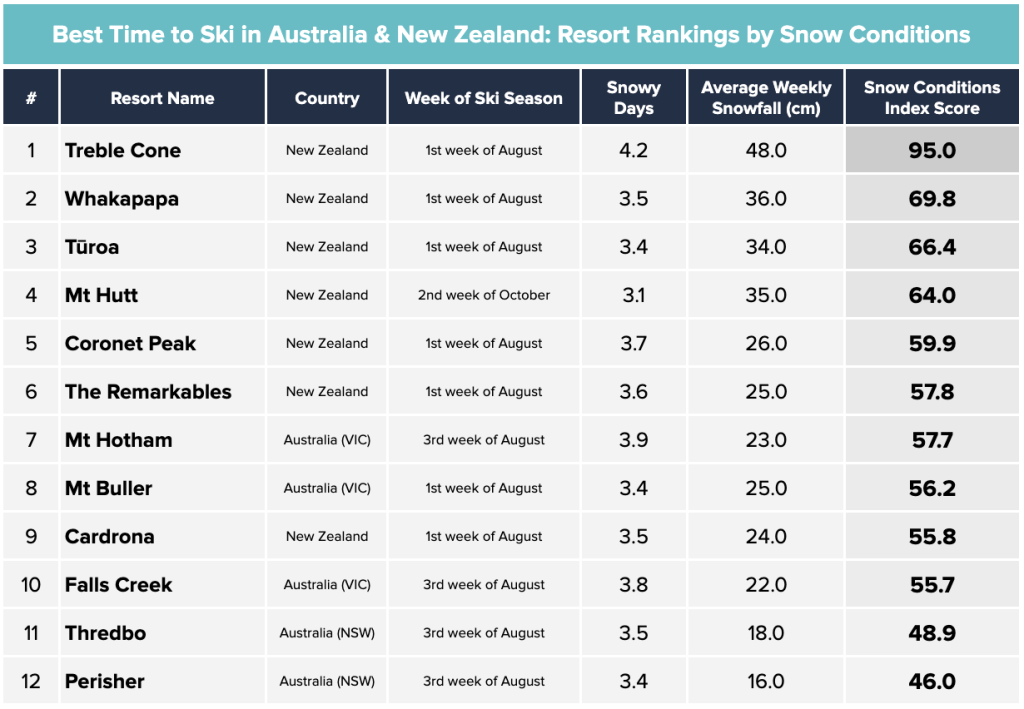
“When planning a ski trip, there’s a lot to consider—but the weather, especially snow conditions, can truly make or break the experience. In recent years, we’ve seen this impact many southern hemisphere resorts. While snow is beyond our control, the Snow Conditions Index provides a smarter way to plan around it. Designed for skiers eager to hit the slopes this winter, it offers valuable insights into historical weather patterns and removes the guesswork from trip planning.”
— Ed Raine, Managing Director, Snow Season Central
Naturally, there are more factors than just the average weekly snowfall that facor into the decision on when and where to ski. Some of the results may surprise even seasoned skiers. Mount Hutt, for example, ranks surprisingly high in the second week of October—the Southern Hemisphere equivalent of mid-April—a late-season gamble by most standards.
August is certainly statistically your best bet, however the most weekly snowfall is not necessarily the best indicator for your decision on where to ski. Whakapapa and Turoa, both located on Mount Ruapehu on New Zealand’s North Island, are for example a more unusual choice for overseas visitors. International skiers tend to flock to the resorts around Queenstown, which is the base for Coronet Peak, The Remarkables, Treble Cone, and Cardrona.
In Australia, most visitors head to Perisher and Thredbo in New South Wales, which boast the country’s largest ski areas. Victorian resorts Hotham, Falls Creek, and Mount Buller are much smaller, however, can offer exciting skiing for those looking for a more quaint experience. These three Victorian ski resorts also have more average snowfall per year, though their lower altitude can shorten their respective ski seasons.
Whether you’re chasing powder days or just want reliable conditions, the data makes one thing clear: August is your safest bet. And with tools like the Snow Conditions Index, planning your next ski trip just got a whole lot smarter. For the full Snow Conditions Index report, please visit Snow Season Central’s website.
